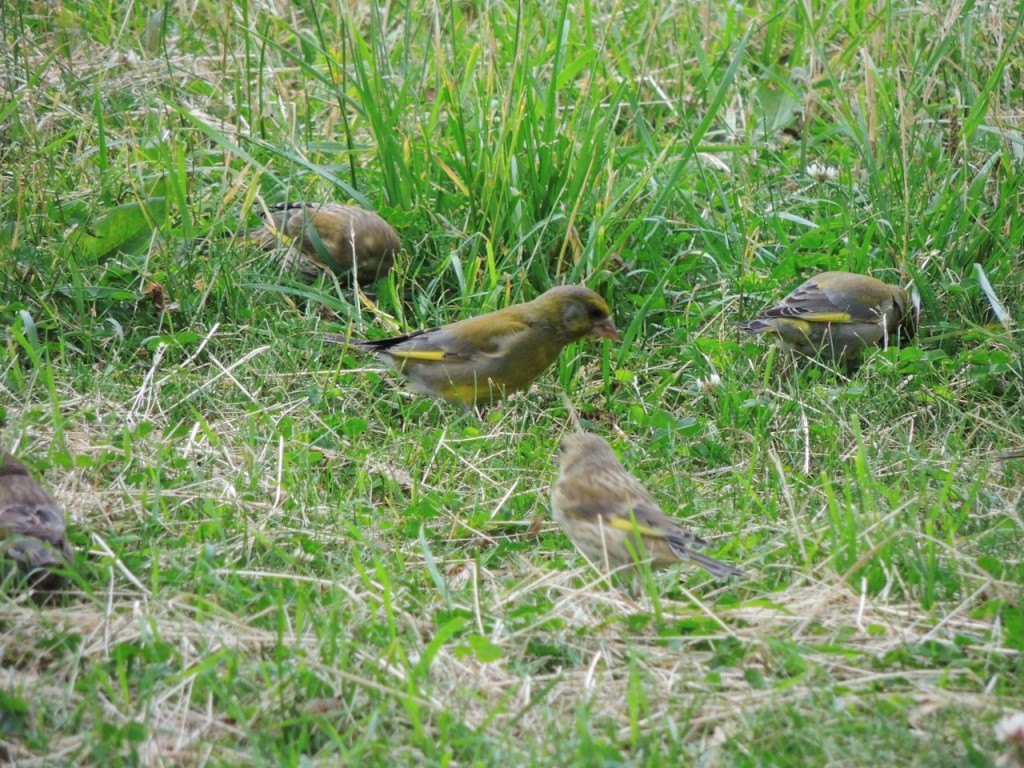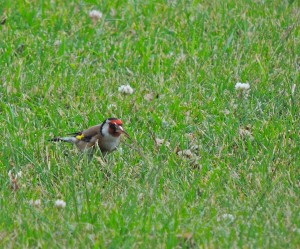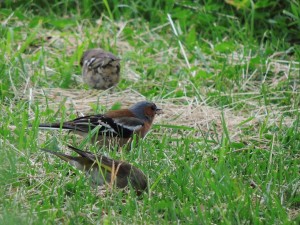30 June 2014 Skogskyrkogården, Stockholm, Sweden. I spent a couple of hours wandering and looking for birds at Stockholm’s Skogskyrkogården cemetery today. There are a few things you should know about Skogskyrkogården.
First, I’m pretty sure that unless you’re Swedish you have little chance of pronouncing the word. That little circle over the ‘a’ changes things, it’s not an ‘a’ as in card, or back, or wave, but something quite different. Also those ‘k’s and the ‘g’ are not apparently represented with a hard sound. I have heard the full word announced on the subway frequently and each time I repeat in my head until I’m persuaded that I will be able to say it later; I never can.
Second, Skogskyrkogården is not just any old cemetery, it is recognized by the United Nations as a World Heritage Site on account of it’s ground-breaking and revolutionary landscape design. It attracts many visitors including scholars of art, landscape and urban design; and not a few birders too I should imagine. Most of it is a mature pine forest manicured as graveyard although some of it is still quite untouched; an expansive un-forested part is open, landscaped and grassy.

I walked up to the top of a small rise capped with a geometric planting of elms which had started scattering their flat seeds. I noticed a few Greenfinches on top of one of the elms, another joined them and then another until soon it was a flock which, hesitantly at first, moved down to the ground to feed on elm seed. I watched for quite a while and noticed that among them was a Hawfinch; I’d never seen a Hawfinch before, in my childhood they’d only existed in the pages of books, this was quite a find for me.

At first glance they are reminiscent of a Cedar Waxwing, the same general size and colouring. But Hawfinches are top-heavy birds thanks to the large powerful muscles that power a fearsome beak which is powerful enough to split a cherry stone, something none of us would care to try for long.
My subsequent reading justifies why, despite having spent my childhood looking at birds, (without binoculars) I’d never knowingly seen one. They are not uncommon, but the books tell me that Hawfinches are not easy to see, they tend to be elusive, preferring the upper reaches of broad-leaved trees and they’re quick to take flight.

I stayed around for quite a while watching and enjoying the Greenfinches, a trio of Goldfinches and one or two Chaffinches almost as much as the Hawfinch. I spent just as much time waiting for the flock to return to the area and for feeding to resume after the they’d startled and taken flight. Perhaps it was my presence that unnerved them, but it seemed that without warning they’d all explode into flight and fly off, calling and twittering, to a distant forest edge until a few minutes later, one or two would return and then more until gradually they were all back happily feeding until the next alarm.
